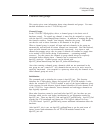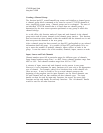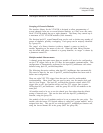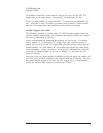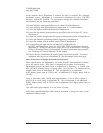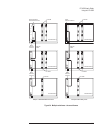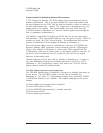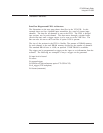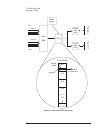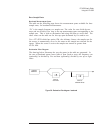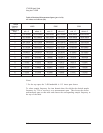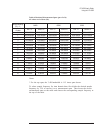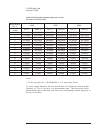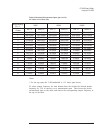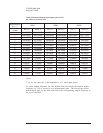
Module Features
Data Flow Diagram and FIFO Architecture
The illustration on the next page shows data flow in the VT1433B. In this
example there are four 4-channel input assemblies for a total of sixteen input
channels. The data for all channels is sent to the FIFO. The FIFO is divided
into sections, one for each channel. The data moves through a circular buffer
(first-in-first-out) until a trigger causes it to be sent on to the VME Bus. The
data can also be sent to the Local Bus if option UGH is present.
The size of the sections in the FIFO is flexible. The amount of DRAM memory
for each channel is the total DRAM memory divided by the number of channels.
The standard DRAM size is 4 MB; an optional 32 MB DRAM is available.
The trigger can be programmed to trigger on the input or on information from the
software. The following are examples of ways a trigger can be generated.
q
input level or bound
q
source
q
external trigger
q
RPM level (with tachometer option VT1433B-AYE)
q
ttl_trigger (VXI backplane)
q
freerun (automatic)
VT1433B User's Guide
Using the VT1433B
3-15



